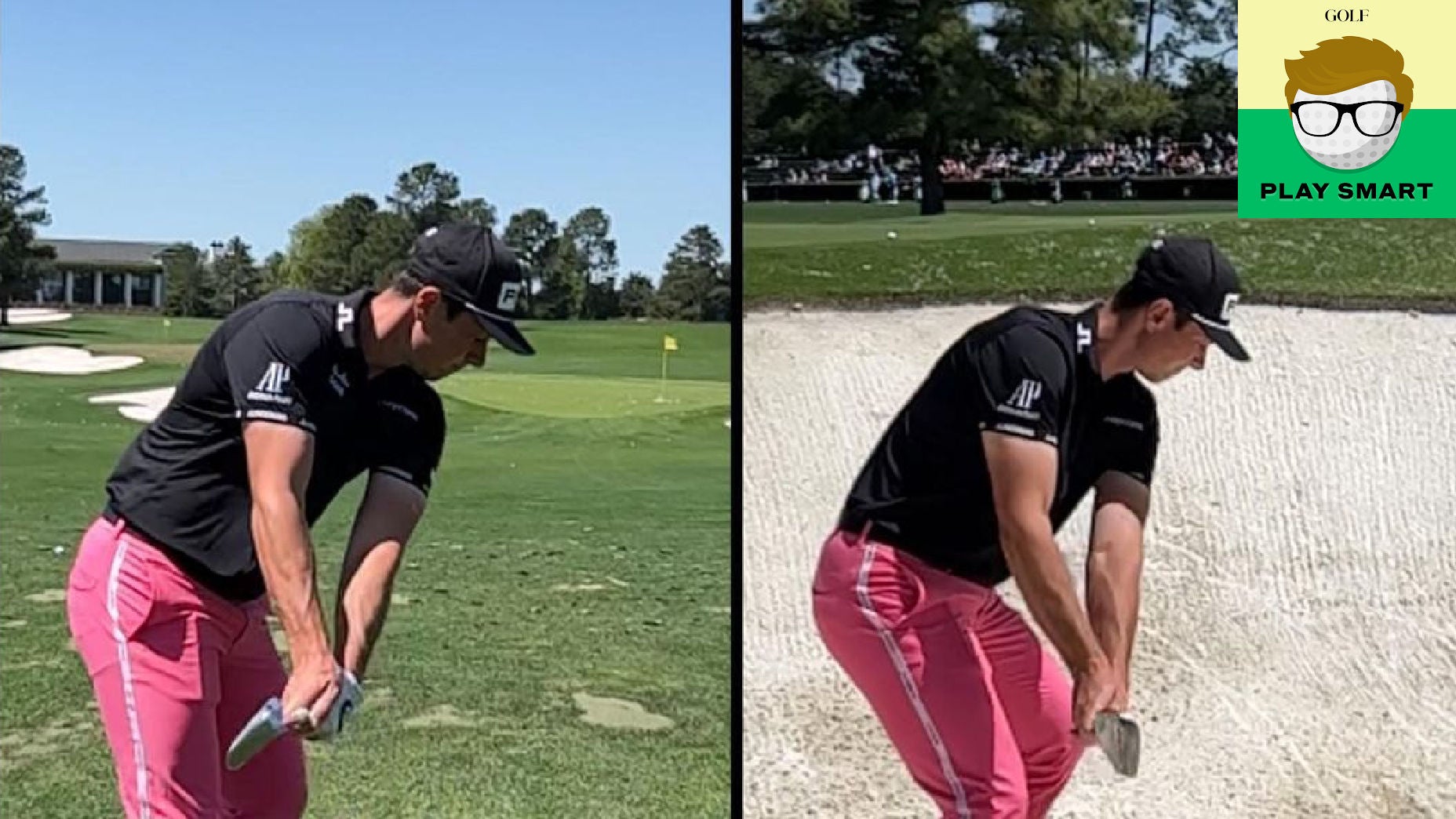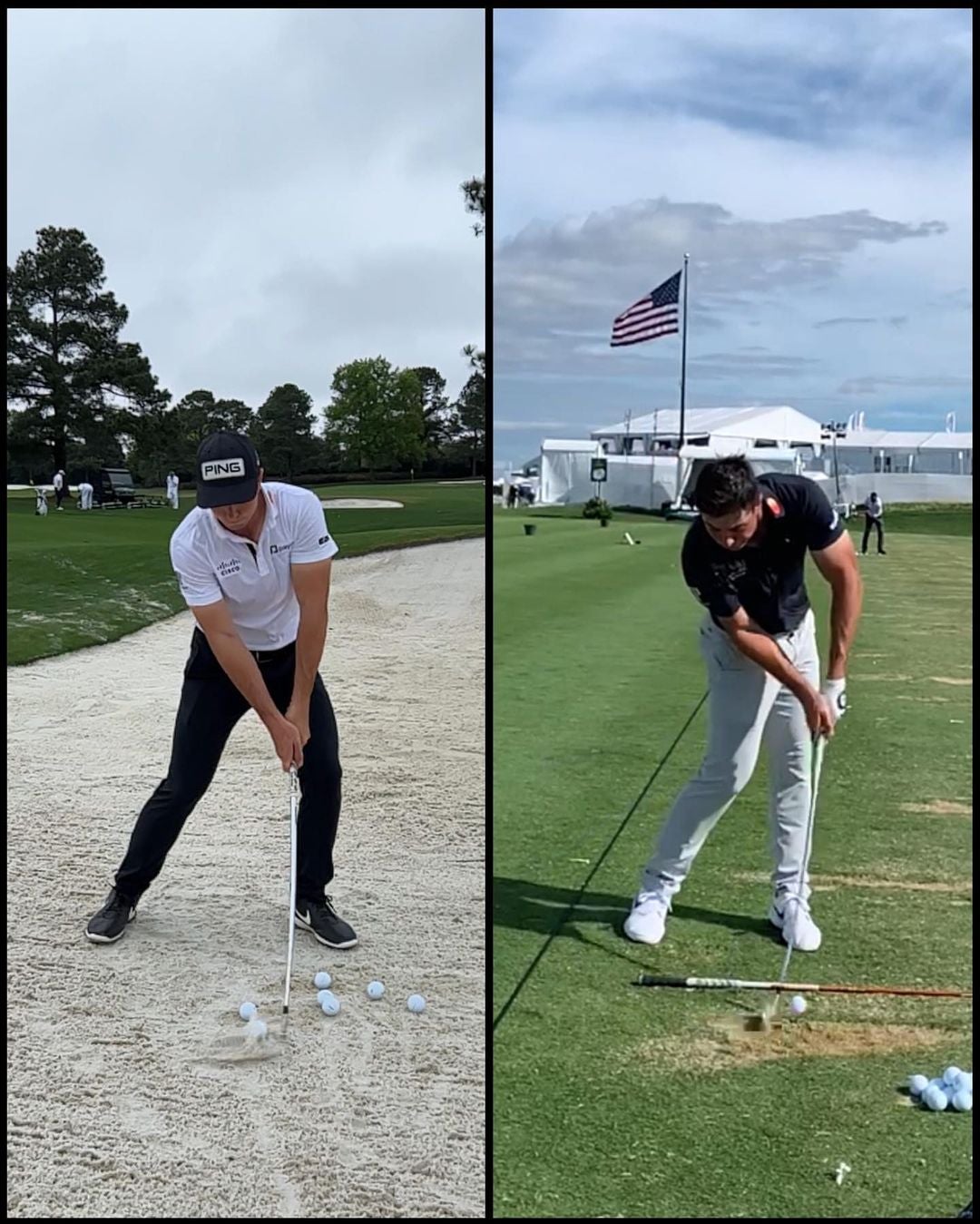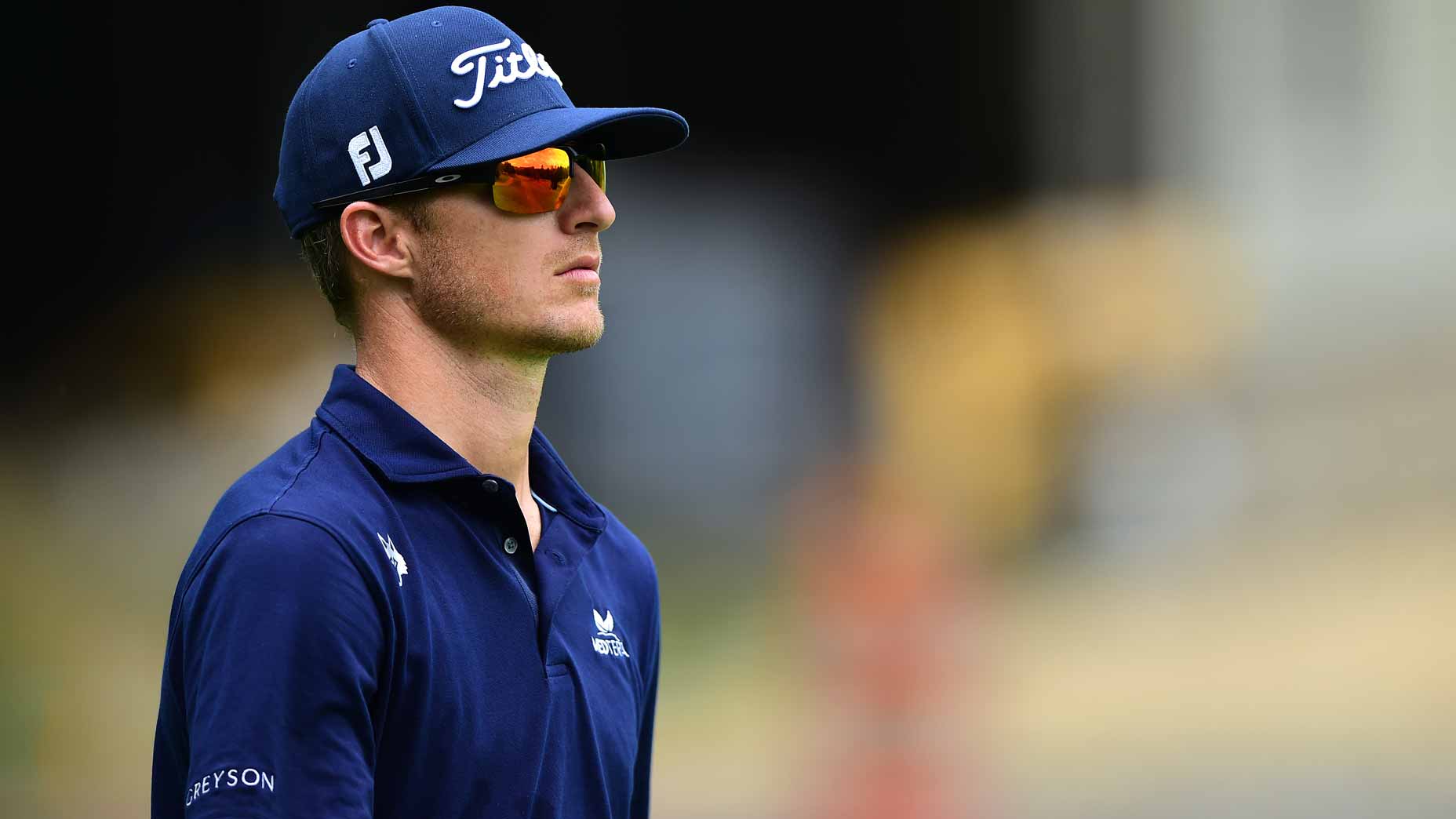
The elements that have helped Hovland become elite from tee-to-green require adjustments around the green.
Welcome to Play Smart, a game-improvement column that drops every Monday, Wednesday and Friday from Game Improvement Editor Luke Kerr-Dineen (who you can follow on Twitter right here).
How could your biggest strength also create your biggest weakness?
It’s the kind of maddening, fascinating question only the game if golf is capable of posing, and a problem one that World No. 4 Viktor Hovland is currently trying to solve.
“I suck at chipping,” he said in 2020. “I definitely need to work on my short game.”
It’s been an ongoing work in progress, and it’s getting better every day. Hovland has established himself as a one of the best players in the world even since that admission, and this week, Hovland’s coach, GOLF Top 100 Teacher Jeff Smith (who you can and should follow on Instagram right here) shared some fascinating insight about the process.
Smith describes Hovland’s challenges in a nutshell:

Jeff Smith
“Many people wonder, how could an absolute world class player like Viktor Hovland possibly struggle with the short game?,” he says “The pattern and match-ups in his swing that make him an elite-level ball striker, make it more challenging to produce consistent results around the greens.”
Hovland’s golf swing features many of elements that modern day golf instructors adore. Specifically, a flexed lead wrist (think Dustin Johnson), and minimal clubface rotation through the ball. There’s no one or perfect way of swinging a golf club, but Hovland’s new school move works phenomenally well for him: He currently ranks 12th in SG: Driving and 3rd in SG: Approach this season.
But those same elements pop up in the shorter swings required around the green, and it can make life difficult. Whereas in his closed clubface-and-hold swing, which relies on lots of body rotation and very little wrist action, works masterfully from tee-to-green, it can bring the leading edge more into play around the greens. It leads to a tendency for Viktor to chunk chips, when things go really wrong.
Shots around the green call for the clubface to be more open, along with more active wrists to bring the club’s bounce into play. They’re opposite to the movements that makes Viktor so great from tee-to-green, and requires him to make adjustments to his technique that don’t always feel natural.
But that’s what the dynamic coach-player duo are working on. Making small adjustments that will help Hovland’s performance and boost his confidence while perceiving Hovland’s golf swing “DNA,” Smith writes.
It’s a good reminder for the rest of us: That the tendencies you have in your golf swing will often show up in other areas of your game — for better or worse. It also goes to show that pros work on their technique too, and that it’s not always easy. Especially when the same things that help you play better in one area, can make life difficult in another.









